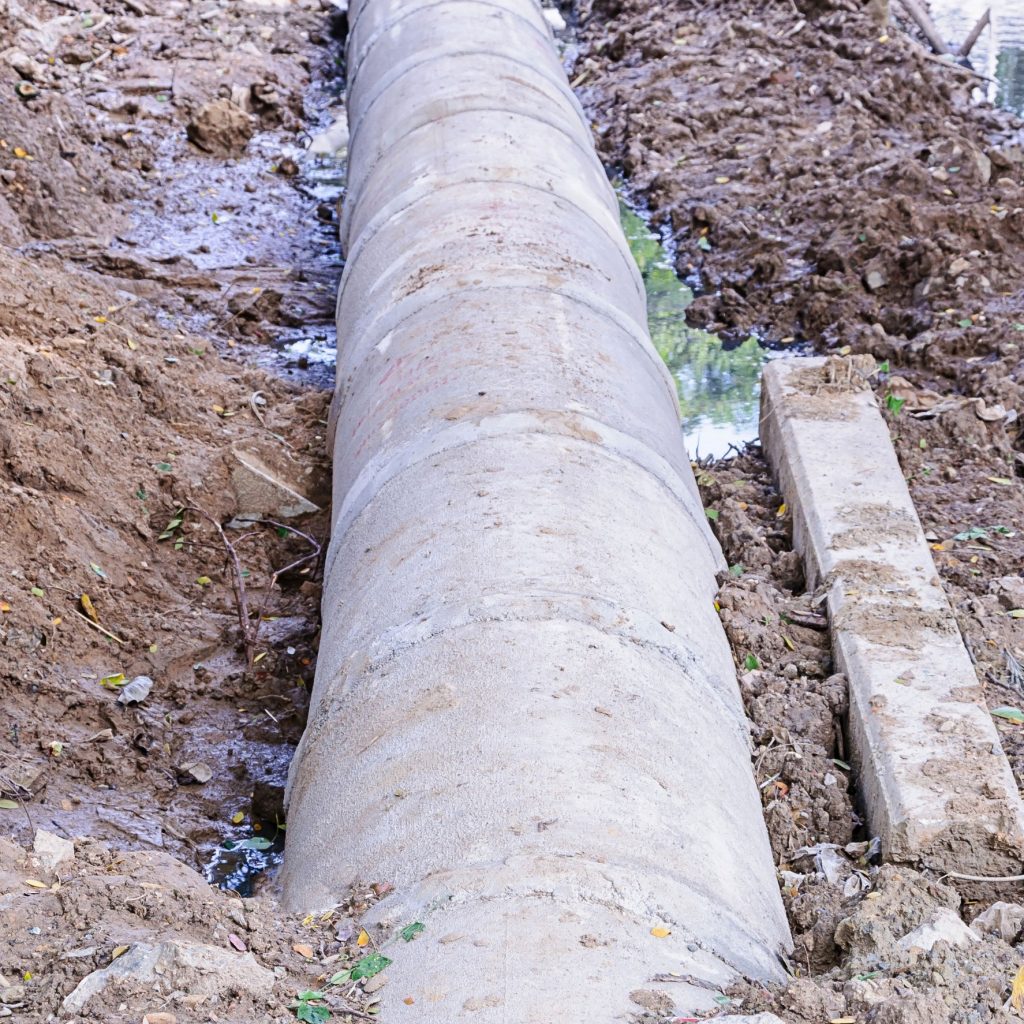
Why is backflow prevention important?
Before we answer the question of how you prevent backflow, let’s clarify what backflow is and we need backflow prevention. Backflow in this article will be in reference to plumbing and is when unwanted water flows in a reverse direction than desired.
For example, if the water waste in the toilet flowed back toward the water supply source. This can create health risks by contaminating the potable water supply with wastewater. There are building codes in place that mandate measures to be followed to prevent backflow from happening.
We get from various outlets in our homes every day and tend to forget where that water comes from or realize that water is connected to the same water systems of almost everyone else around us. We don’t realize what backflow prevention is doing for us as we turn on the faucet in our bathrooms and kitchens.
While every home has its own water pipes coming in, supplying it with freshwater, that water is coming through city waterpipes first by way of local water supply treatment plant. The water that goes into those treatment plants comes from reservoirs and rivers. If it wasn’t for backflow prevention measures put into law in 1973 by the U.S. Government, the water supply to our homes and entire neighborhoods would have contaminated water siphoned back to us.
Backflow prevention explained in a simple manner: Each homeowner that uses fertilizers that attach to their water hose could be poisoning their own water supply as well as the neighborhood if it wasn’t for backflow prevention and backflow preventer irrigation systems. Without these measures in place, if any pressure changes were to take place, the contents of the fertilizer would be sucked back into the local freshwater system and into every home on that water system.
What happens if backflow occurs?
Backflow happens when contaminated water is allowed to run opposite of what is determined to be the normal direction toward clean water. An example would be the water that you flush after using the toilet should go into a septic system or sewer system. Where there isn’t any backflow prevention, that wastewater would flow into the clean water system that we use for bathing, cooking, and drinking.
Why do I need a backflow device?
Experts recommend that every home or structure have a backflow preventer installed wherever water comes in that has any chance of crossing paths with wastewater. Newer homes typically have backflow preventers built-in on certain water lines, but it doesn’t hurt to have your water system checked by a plumber with a backflow preventer check valve and backflow prevention certification to verify this and install any backflow prevention devices if needed.
What are four types of backflow prevention devices?
There are several different backflow devices to choose from, each one will keep the incoming water clean in your home. Which backflow prevention device you need will depend on the water backflow prevention you require. The following is four of the most common ones with description and explanation.
- The Atmospheric Vacuum Breaker: This elbow-shaped device has a 90-degree angle bend with a valve on the inside that prevents the backflow of water, based on water pressure. It is installed 6 inches from where the downstream is and can be used on PVC pipes. This backflow prevention device cannot be tested.
- The Chemigation Valve: A common choice for agricultural areas that keeps the water supply clean for local areas where chemigation like fertilizers, farming pesticides, and other chemicals are present. This valve has several components, including a flapper that is spring operated that allows only one direction for water flow. It also has an air vacuum release valve, a low-pressure drain, and an injection port. This backflow prevention device is installed where the chemicals are introduced to go downstream of it.
- The Hydrostatic Loop: The pipes for this backflow prevention device are in a vertical formation and must be above 33 free to appropriately function and prevent backflowing and siphoning into a clean water system.
- The Double Check Valve: This valve type is typically is used on fire sprinkler systems and lawn sprinkler systems. A ball valve is assembled on both ends, sometimes referred to as a gate valve, that allows isolation and/or testing.

Can a backflow preventer cause low water pressure?
There is a backflow preventer or PRV (pressure reducing valve) installed in some homes. There is an internal assembly in a pressure reducing valve that consists of discs and springs to regulate the incoming pressure to the home. When these parts begin to fail, a reduced flow for the whole house is often the result. However, reduction in the water pressure inside the house at every fixture can also be caused by corroded water pipes or it could stem from the municipal water flow is low. A partially closed valve can often be the culprit as well.
This isn’t a device or process that the average homeowner or the occupants think about, many aren’t even aware there is such a device, nor do they realize the importance of it. Now that you have read this piece, each time you turn your water on to cook dinner or get a glass of water to drink, you can be thankful for this type of device and have made sure that water is safe. For your backflow prevention needs in Fort Worth, TX, call 817-542-1980 today.
